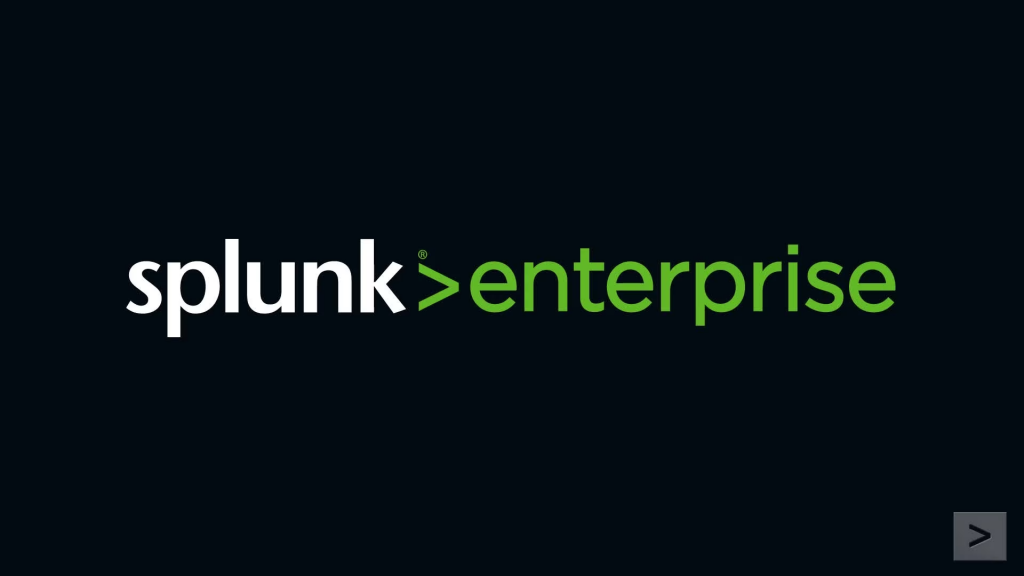
Are you tired of sifting through endless spreadsheets and databases to find the information you need? Look no further than these data exploration tools to help you navigate and analyze your data with ease.
What is Data Exploration?
Before diving into the tools, let’s define what data exploration is. Data exploration is the process of gathering, cleaning, and organizing data in order to uncover patterns, trends, and relationships. It involves using various techniques, such as visualization and statistical analysis, to gain a deeper understanding of the data.
Top Data Exploration Tools
- Tableau: Tableau is one of the most popular data exploration tools on the market. It allows users to easily create interactive visualizations and dashboards, making it easy to explore and analyze data. Tableau also offers a robust set of features, including data blending, forecasting, and statistical analysis.

2. QlikView: QlikView is another popular data exploration tool that allows users to create interactive visualizations and dashboards. It also offers a unique feature called “associative data indexing,” which allows users to explore data in any direction, making it easy to uncover relationships and patterns.
3. Power BI: Power BI is a data exploration tool developed by Microsoft. It offers a wide range of features, including data visualization, data modeling, and dashboard creation. Power BI also integrates seamlessly with other Microsoft products, such as Excel and SharePoint.
4. Splunk: Splunk is a powerful data exploration tool that specializes in machine data. It allows users to easily collect, analyze, and visualize data from a variety of sources, including logs, sensors, and applications.

5. RapidMiner: RapidMiner is a data science platform that offers a wide range of data exploration tools, including data visualization, data mining, and predictive modeling. It also offers a drag-and-drop interface, making it easy for users to create custom workflows and analyze data without any coding.
6. SAS: SAS is a comprehensive data exploration tool that offers a wide range of features, including data visualization, statistical analysis, and machine learning. It also offers a user-friendly interface, making it easy for users of all skill levels to explore and analyze data.
7. KNIME: KNIME is an open-source data exploration tool that offers a wide range of features, including data blending, statistical analysis, and machine learning. It also offers a drag-and-drop interface, making it easy for users to create custom workflows and analyze data without any coding.

Conclusion
In conclusion, these data exploration tools offer a wide range of features and capabilities to help you explore and analyze your data with ease. Whether you’re a data scientist, business analyst, or just someone looking to gain insights from your data, these tools can help you uncover patterns, trends, and relationships that might otherwise go unnoticed. So why not give them a try and see what insights you can uncover?
- Why Can’t I Make Create A New Folder on External Drive on Mac – Solved - April 28, 2024
- Tips on How to Become a DevOps Engineer - April 28, 2024
- Computer Programming Education Requirements – What You Need to Know - April 28, 2024

